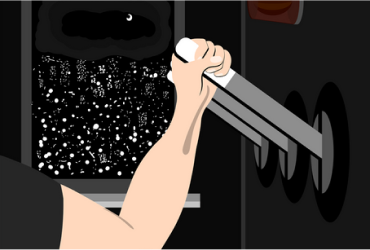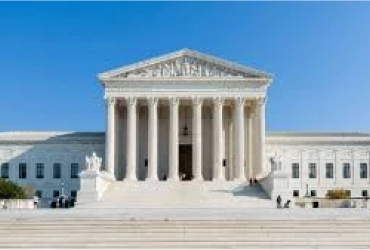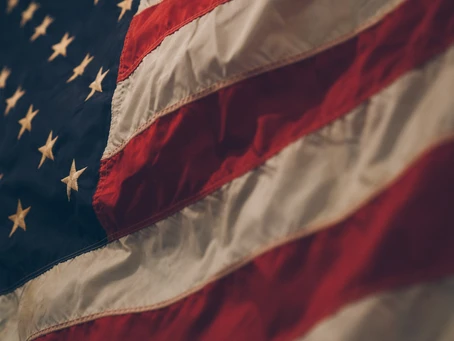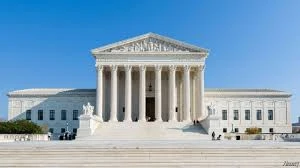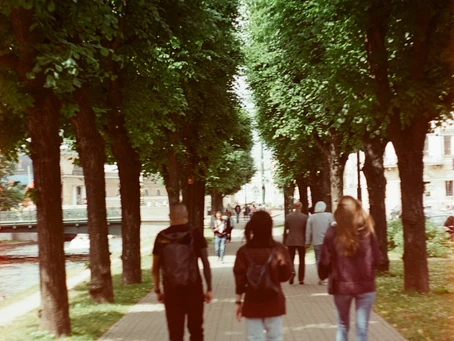
If you are fortunate enough to live in an area with beautiful shared spaces, you have a civic and moral duty to help keep these spaces clean and safe for everyone in your community. While we might not look at this as our individual responsibility, the truth is that we all must do our part to keep our communities safe and healthy.
Today on the National Center for Responsible Government Contracting blog, we share insight on a few ways that you can help make your community a safer space for all, starting with public spaces.
Use them often.
One of the best ways to ensure safety in your communal spaces is to use them often and for many different purposes. One example is to host networking events for local professionals and businesses. Even if you are uncomfortable speaking in public, talk with other businesses to find one of your more extroverted colleagues to host meetings and introduce you to other contacts that might be willing to host an event. Another smart idea is to host festivals on community grounds. Farmers’ markets, free concerts, and health and safety events are all great ways to keep these spaces active. More people and more usage mean these areas are less likely to be a safe haven for criminal activity.
Ensure proper lighting.
Lighting is another simple and effective way to deter bad behavior. Proper lighting (both indoors and out) makes spaces safer since people can see what’s happening; if shadows don’t exist, danger can’t be lurking in them. This is especially true if your community event center has a parking garage. In this case, talk with your local civic leaders about investing in lighting with options for canopies and tunnels. In addition to reducing illegal activities, this also makes it safer for both drivers and pedestrians.
Keep them neat, tidy, and landscaped.
While lighting plays a major role in visibility, so do neat, tidy, and well-landscaped spaces. Project For Public Spaces explains that shrubbery, walls, and other barriers reduce visibility. This leaves concealed areas that can make a park much less safe.
Push for a greater police presence.
In high-density areas, having more police visibility can reduce crimes. According to NPR, adding additional police officers reduces the instances of aggravated assault, robbery, and rape. Although it is not a perfect solution, you might request that more officers be available during times of high crime, such as overnight or during crowded events.
Create inclusivity.
An inclusive design invites all people to use public facilities. A playground for children of all physical abilities, a paved and level walking trail for seniors, and picnic tables and barbecue grills for families are all great ways to encourage park usage. You may also include facilities that cater to college students doing research projects. Having an inclusive environment is just another way to bring more people into your space, which, again, is one of the best ways to create safety for everyone.
Get to know one another.
Another great way to promote safety is to simply get to one another. Set up a “networking” event where everyone can meet each other face to face and chat over drinks. Just remember that not everyone may feel comfortable in this type of environment, even if they do show up. So, try your best to incorporate the shy wallflowers in your community; introduce them to other people and show them around. You want everyone to feel comfortable and safe in your community, so remember to welcome folks with open arms.
Ultimately, the way that we use our public spaces directly influences whether or not they will be considered safe. Measures, like ensuring the right kind of lighting, keeping an active roster of events, and increasing police presence, will all go a long way toward your efforts to ensure that your parks and recreation areas are an asset to your community.


